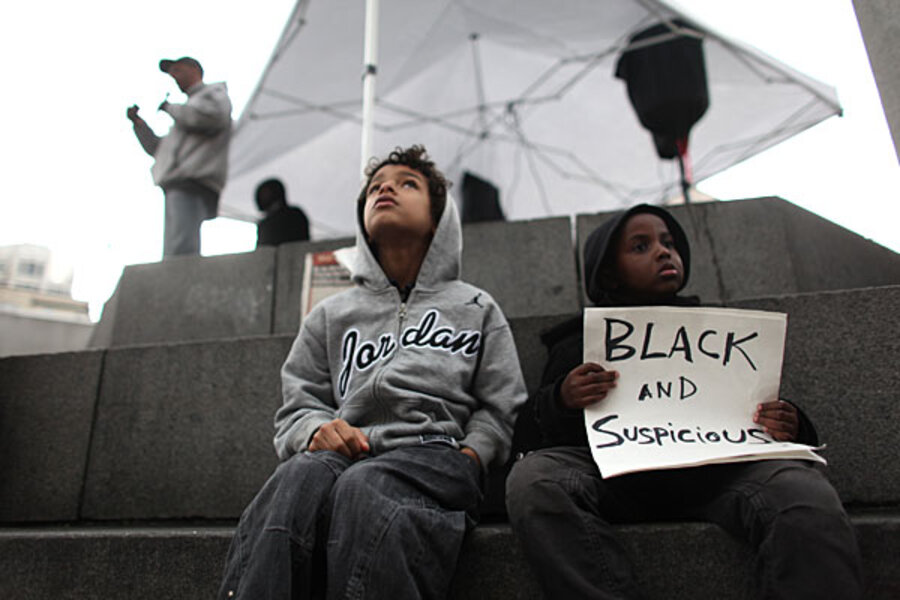Trayvon’s 16-year-old girlfriend has been identified in the media only as “DeeDee.” She has said she was on the phone with Trayvon in his final moments. He said he was being followed and was trying to get away, in her account.
In an interview with ABC News published March 29, DeeDee said she heard Trayvon turn around and ask someone why he was following him. She heard someone say, “What are you doing around here?” or words to that effect. Then she heard someone pushed to the ground before the connection was severed.
She also said she has not been interviewed by police.
Cellphone records should establish whether this phone call occurred, and when. At a trial, prosecutors should be able to determine whether DeeDee is telling the truth about the timing of the phone call, in relation to the timing of the altercation. While that won’t prove that her account of the conversation is true, it would be a point in her favor. And DeeDee’s account could be disproved if the cellphone records don’t match up.
ABC News reported March 29 that it had obtained phone records showing that DeeDee called Trayvon at 7:12 p.m. on the day he was killed, five minutes before police arrived, and remained on the line until moments before he was shot.







